Ekenäs Castle is a beautiful fairytale castle in the municipality of Linköping. There is an interesting history here ... and no less than seven ghosts! In the summer, guided tours are also organised in this fine 17th century castle.
Table of contents
Ekenäs Castle
Ekenäs Castle looks impressive even from a distance, with its beautiful towers rising up to the sky. We arrived a little too early in the season for a guided tour of the castle's halls, but still found a lot of exciting information about this fairy tale and ghost castle.
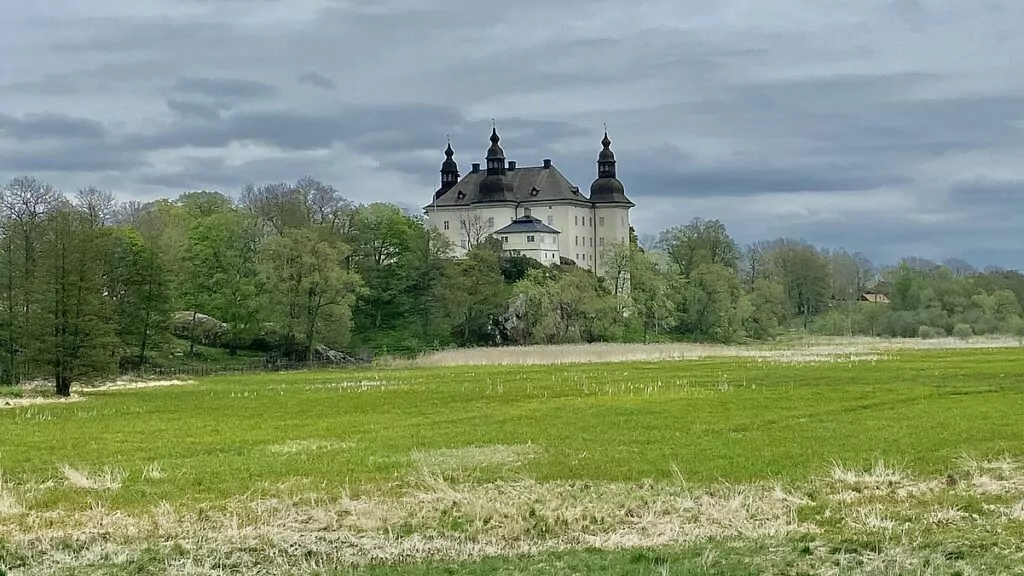
Ekenäs Castle is located just over two kilometres east of Linköping. The castle is located in Linköping municipality, in the province of Östergötland.
A castle with a dramatic history
Ekenäs Castle has a long and exciting history. There was a village here as early as the 13th century, and a residence was built in the area in the 15th century. In the 16th century, a stone house, known as a castle, was built on the site where the castle stands today. It was home to the Stureätten family, among others, before the castle became the property of the Banér family. In the 17th century, Peder Banér built the castle we see today.
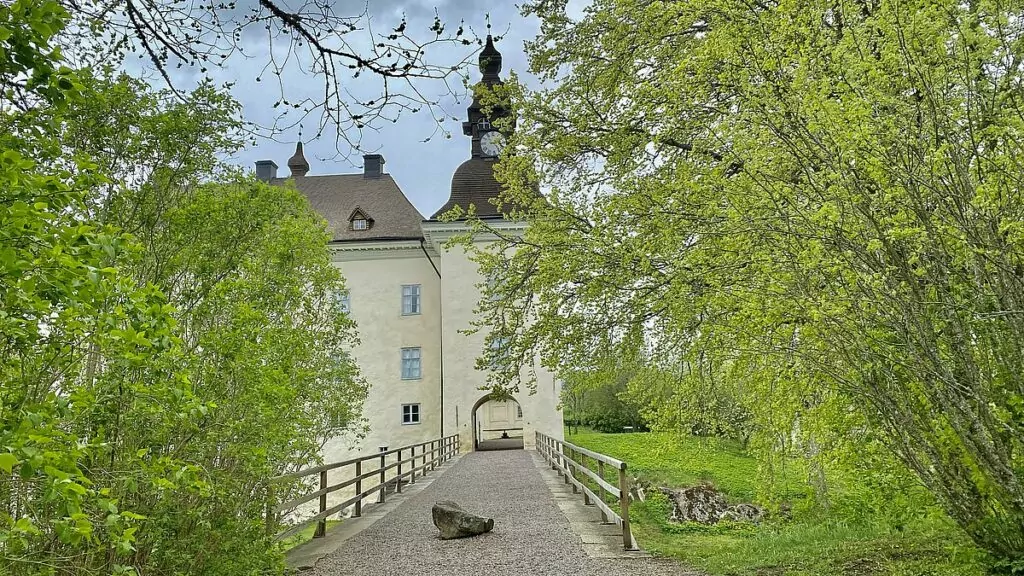
The castle is fortified, sits on a hill and was once surrounded by water-filled moats. Although the castle was never attacked, there was reason to protect it during this time.
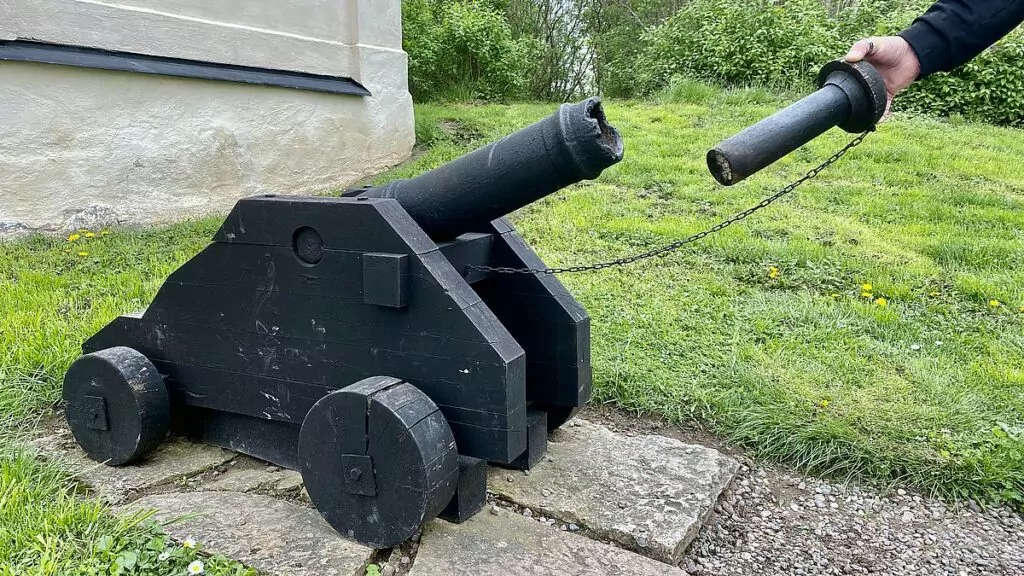
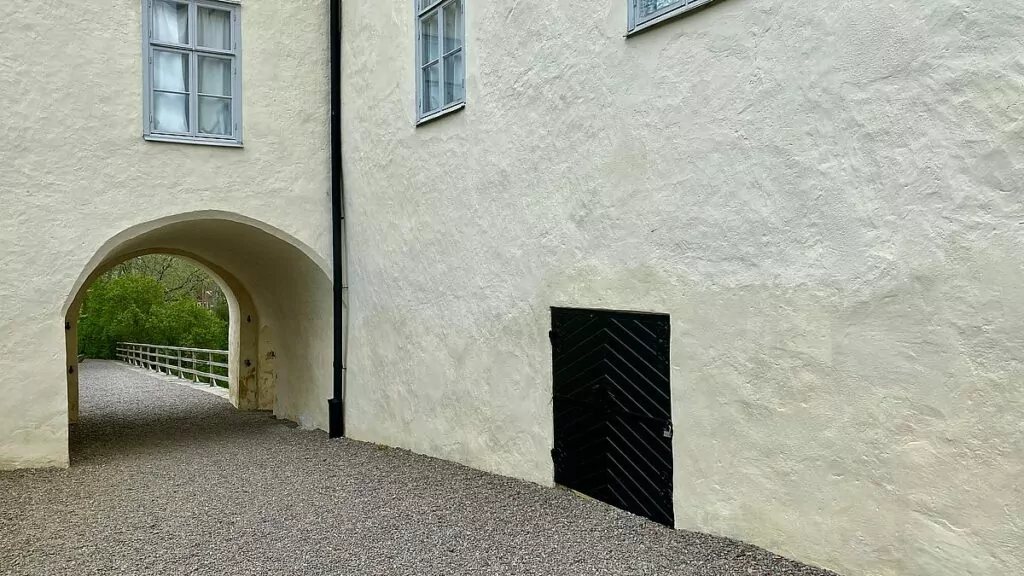
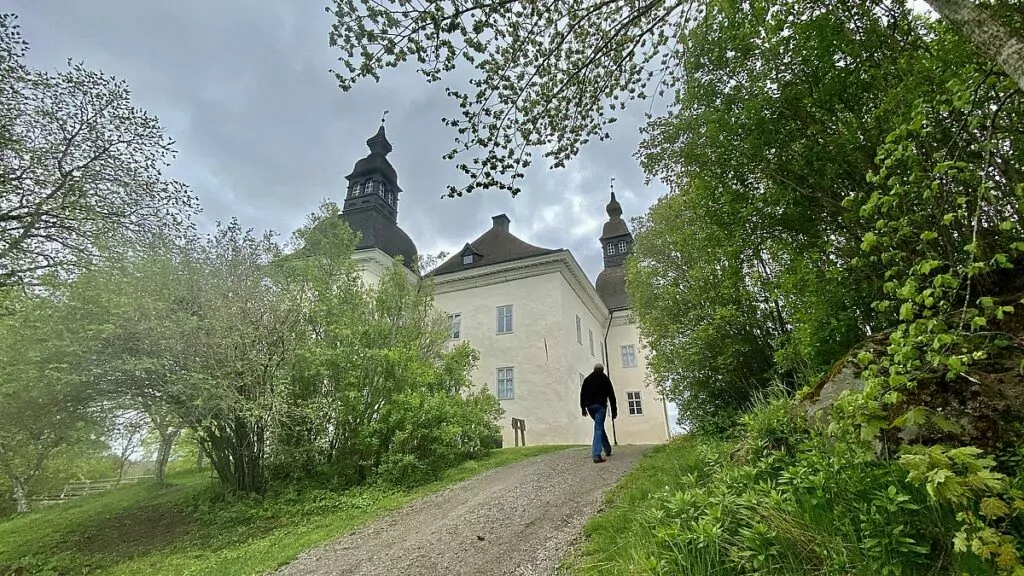
However, what affected the owners of the estate was not attacks from external powers, but rather internal strife among the powerful in Sweden. One of the owners, Svante Sture the younger, was killed by the king in 1567 during the so-called 'Sture murders'. Another owner, Gustav Banér, lost his life in the Linköping bloodbath in 1600.
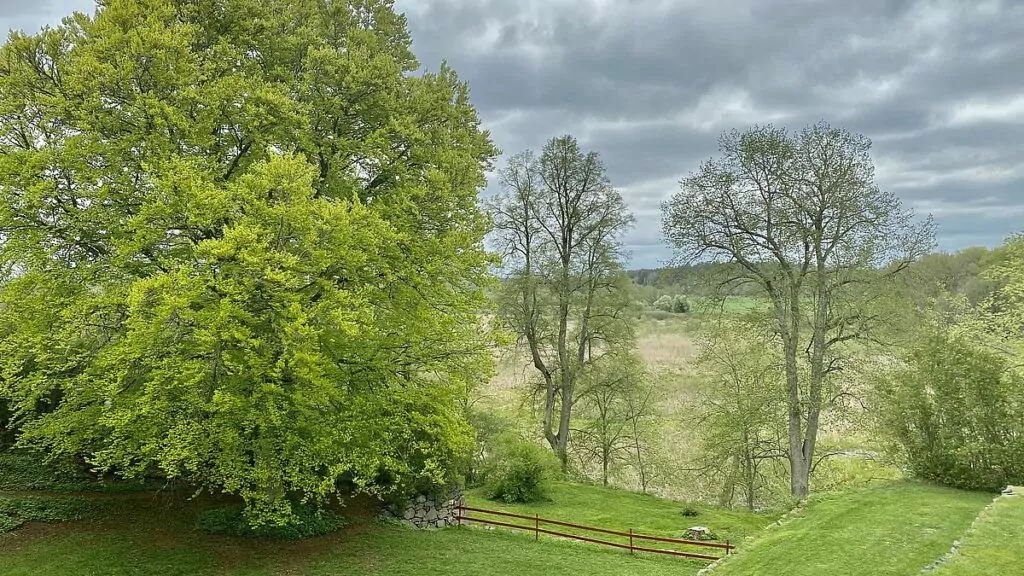
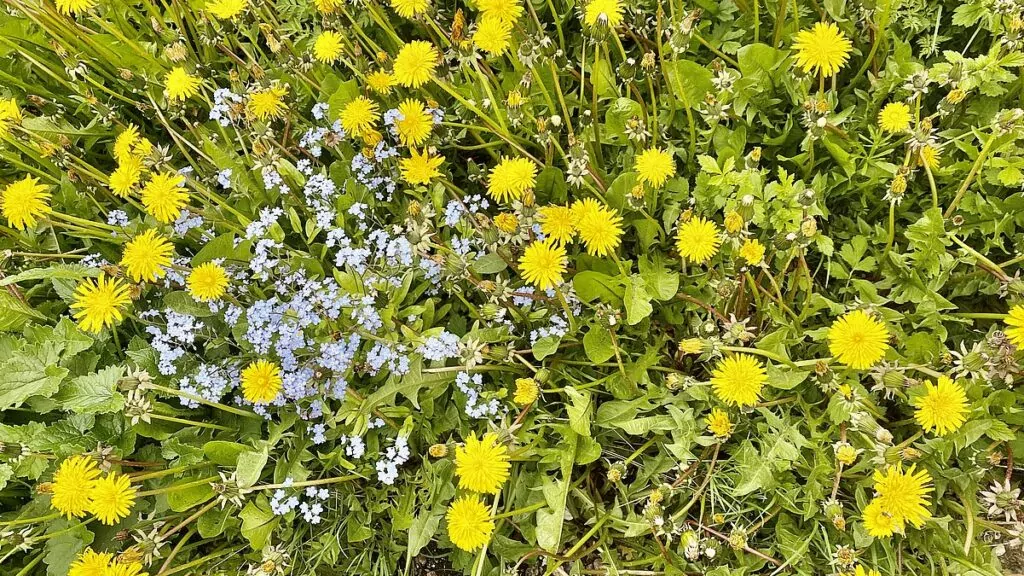
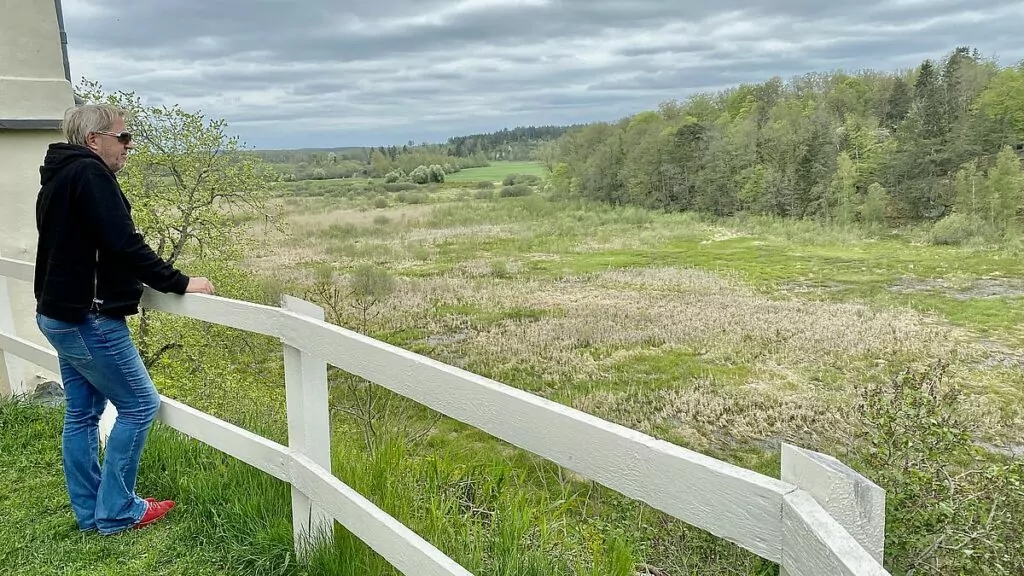
Ekenäs Castle - a ghost castle?
If you google Ekenäs Castle, you will find a lot of ghost stories. According to some stories, there may be no less than seven (!) ghosts here: The Elf in the Hole, the Chicken, the Snuffleupagus, the White Lady, Countess Klingspor, the Weeping Lady and the little girl Hedda. You can read more about some of them here.
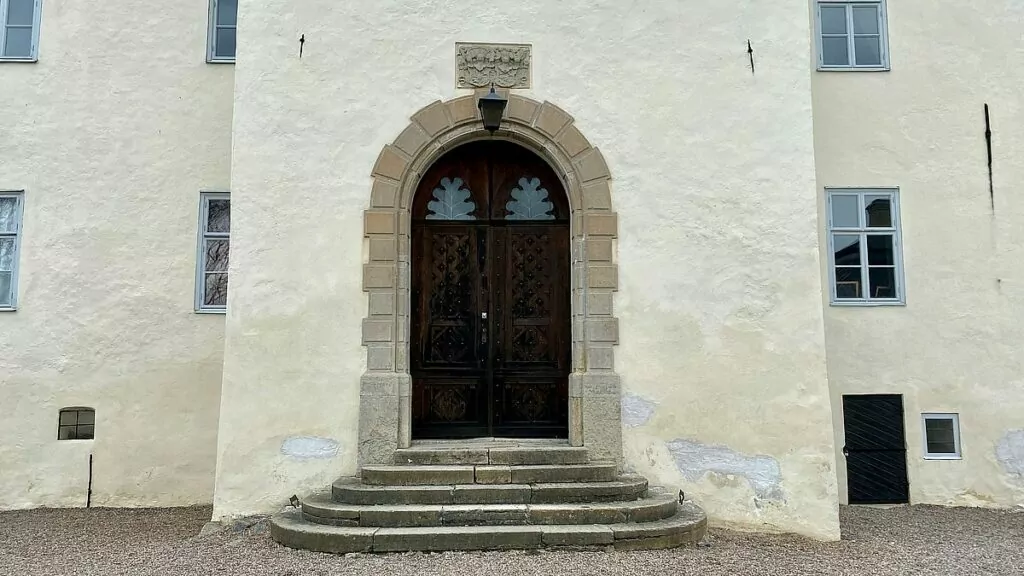
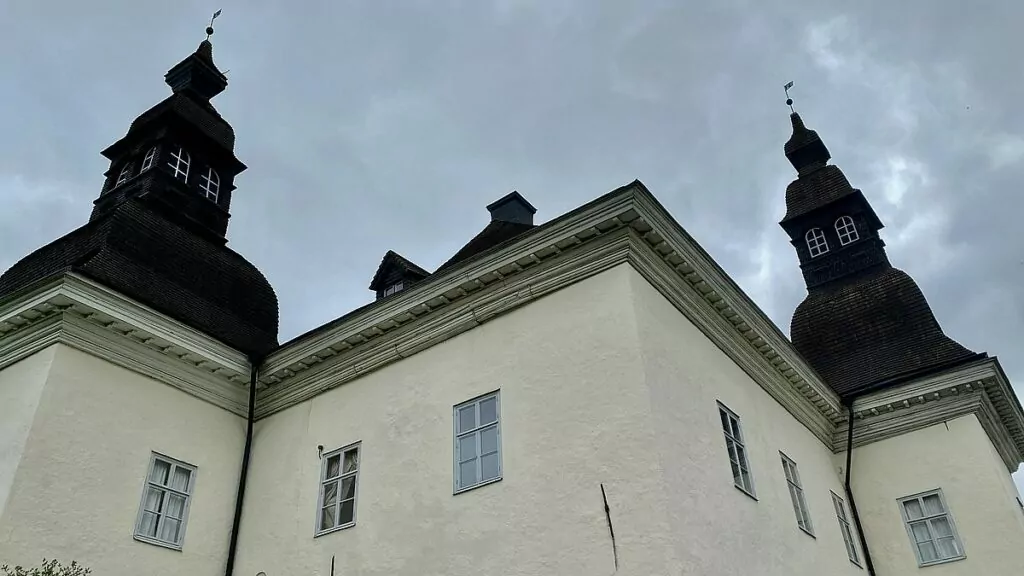
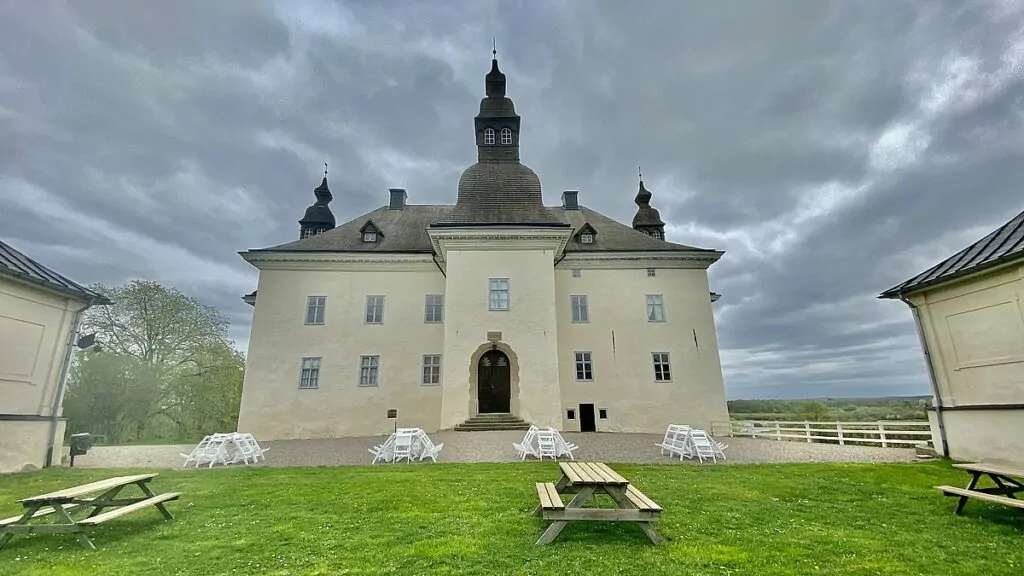
Elf in the hole is the farm boy who, according to legend, Count Mauritz Vellingk walled up in a cave after witnessing secret documents. If you try to dig him out, misfortune and misery await, according to the stories.
Chicken gums is to be found in a place of honour inside the castle entrance. According to the story, she once saved the castle from an enemy attack, which is why she was honoured with a portrait. Even today, she is said to keep a watchful eye over all visitors to the castle.
White wife has a room in the castle, and if you see a white light there, they say you don't have long to live.
Countess Maria Klingspor Legend has it that she visits the castle on 2 May every year on her husband Philip's name day. It is said that she has been seen rising from her grave in Örtomta cemetery, and on this occasion she expects cakes in her room at the castle.
Little Hedda was a girl who died of typhus in the castle at the age of eight.
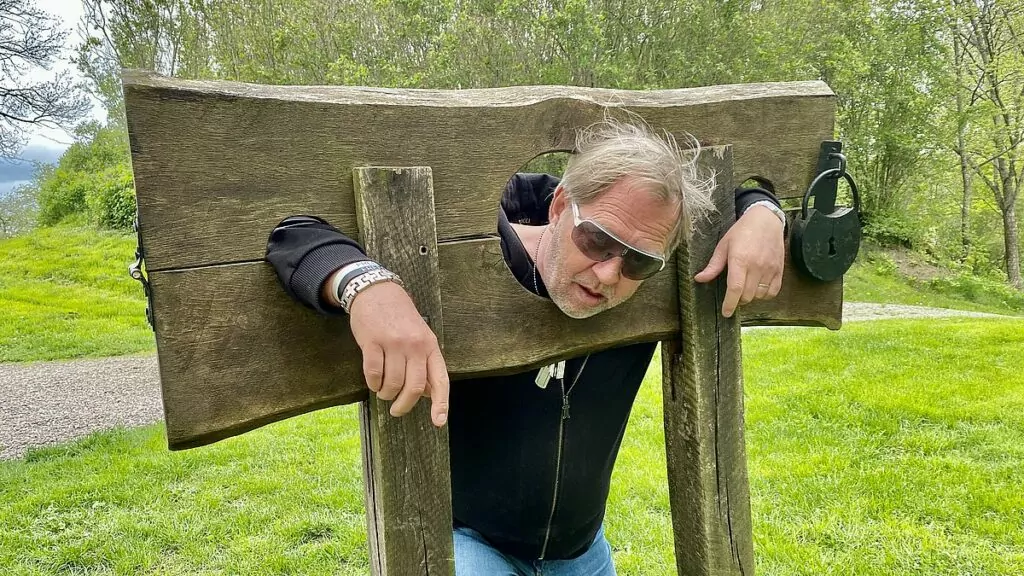
Visiting Ekenäs Castle
We visited Ekenäs Castle by motorhome just before the summer season started, which meant that neither the castle nor the café were open.
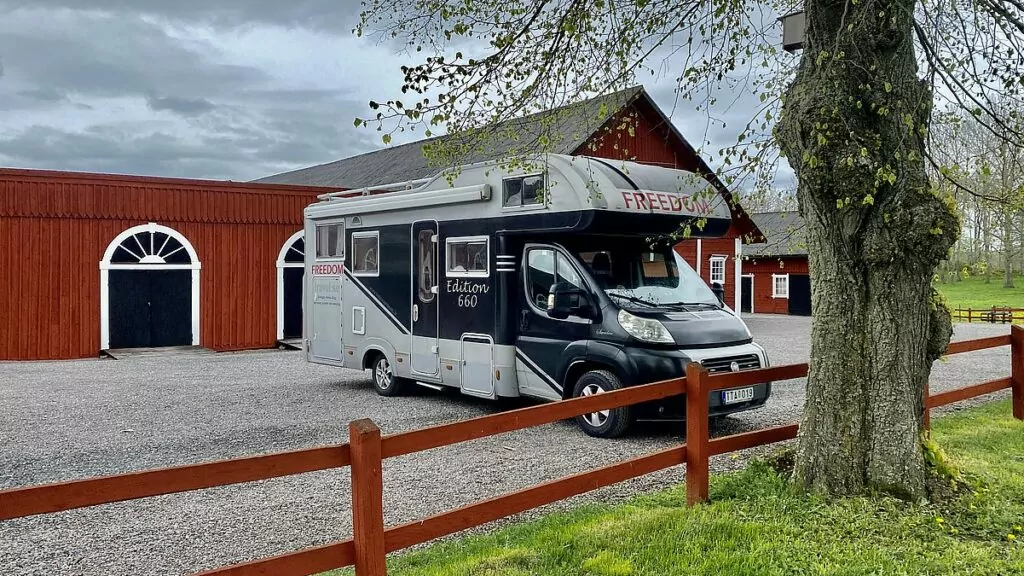
It was still interesting to see the castle, but the park is quite small so we didn't spend much time here. Our recommendation is to visit the castle when it is open for viewing, which can certainly be very interesting.
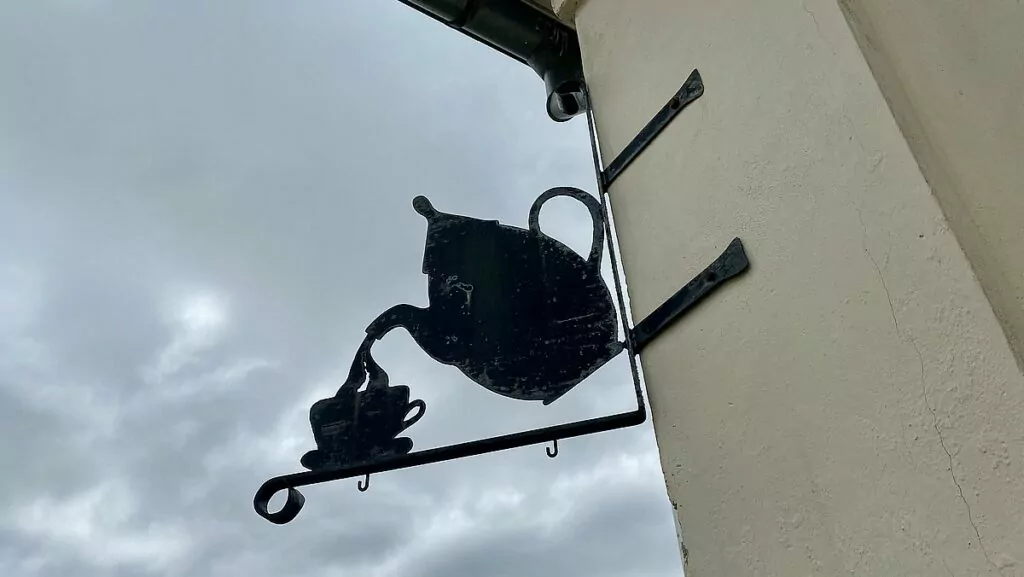
It might also be fun to come here when the castle organises knightly games, which is usually done in the summer. Or why not join one of the autumn ghost walks?
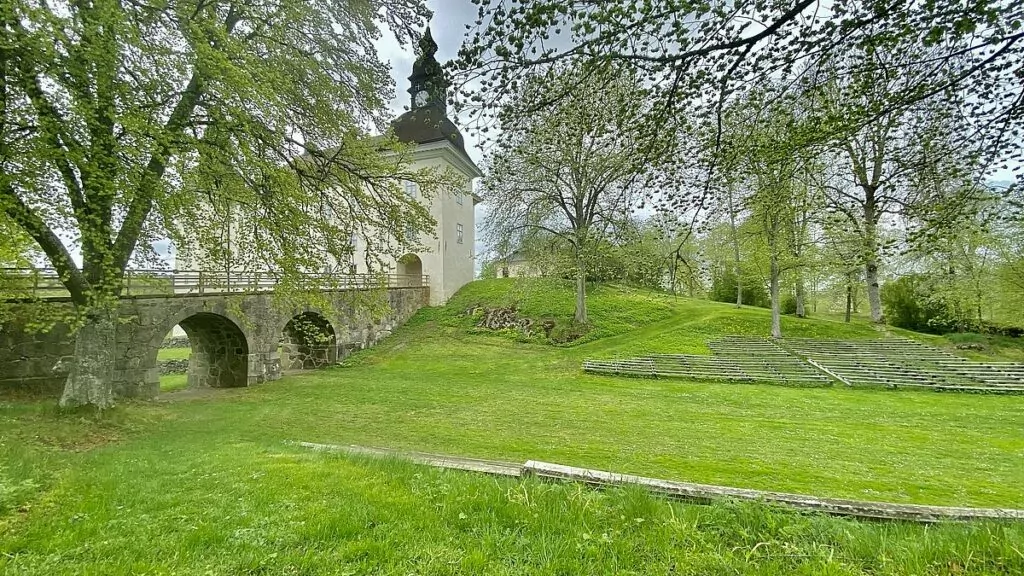
See more in the neighbourhood
Ekenäs Castle is located in the municipality of Linköping, where you can visit the open-air museum Gamla Linköping. It is also not far from the charming and beautiful town of Söderköping.
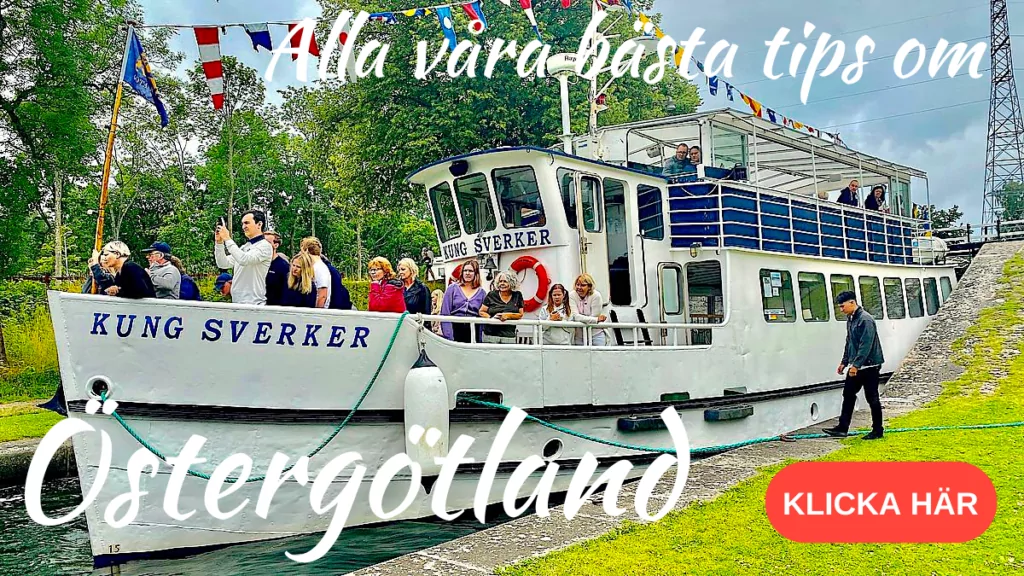
Have you been to Ekenäs Castle? How was your experience? Did you see any ghosts?
Facts about Ekenäs Castle
- Municipality: Linköping
- County: County of Östergötland
- Landscape: Östergötland
- Start of construction: 1640s
- Architect: Hans Fleming
- Style: Renaissance
- Material: Stone and brick
- Owners: The Bergengren family
- Read more: You can find more information at the castle's website
Tours and activities
- Views: Guided tours are organised during the summer months. See the castle's website for times and bookings.
- Specialised tours: Sometimes special tours are organised such as Behind the Scenes, Dark & Mysterious, Treasure Hunt at the Castle and more.
- Ghost walk: Ghost walks are organised in the autumn.
- Events: At the castle, you can book various events such as weddings, dinners and children's parties.
- Ekenäs jousting: Knights' games are usually organised in the summer, along with a craft market.
- Christmas market: Christmas fair with artisans is organised.
Services and practical information
- Toilets: Available at the car parks.
- Café: During the summer months there is a castle café in one of the wing buildings.
- Rules: Dogs are not allowed inside the castle. You can bring your own refreshments to the park, but barbecues are not allowed.
Accessibility
- Outdoor and indoor environment: The castle is located on a hill and can be difficult to access with a wheelchair or walker. If you book in advance, arrangements can be made to drive all the way to the front, as well as a ramp to the first floor.
- Toilet: Accessible toilets are available at the car parks.
Getting to Ekenäs Castle
- Municipal: It is not easy to get to the castle by public transport. The nearest bus stop "Ekenäsvägen" is 2 kilometres from the castle.
- Car: For example, take road 35 from Linköping and then Grenadjärtorpsvägen. Parking is available at the castle.
History at Ekenäs Castle
- 13th century: A village existed where Ekenäs Castle now stands.
- 15th century: The villagers were forced to move and make way for a larger residence in the area. The Natt och Dag family ruled the area, and one of its branches eventually became the Sture family.
16th century
- 1560s: A newer stone house was built, a so-called kastal, was built where the castle stands today.
- 1561: Svante Sture the Younger, who had a career in the king's entourage, was appointed Count by King Erik XIV.
- 1563: Svante Sture the Younger fell out of favour with the King and was removed from all his posts.
- 1567: King Erik XIV had Svante Sture the Younger killed along with his sons and other great men in the 'Sture Murders'. Svante's wife Märta (known as 'King Märta') managed to maintain and expand the family's holdings.
- End of the 16th century: Svante Sture's daughter Christina married Gustav Banér and Ekenäs became a Banér estate.
17th century
- 1600: Gustav Banér, like other lords of the kingdom, lost his life in the Linköping bloodbath. In connection with this, the properties were confiscated.
- 1603: Banér's widow, Christina Sture, regained Ekenäs.
- 1612: During a campaign in Skåne, the Swedish army was surprised by a Danish force. King Gustav II Adolf was rescued on a horse, nearly drowning in a pool of ice and saved by Peder Banér.
- 1630-1644: Peder Banér had Ekenäs Castle built. The architect was the Dutchman Hans Flemming. He died before the castle was finished and his son, Claes Banér, completed it.
- 1675: Gustaf Banér inherited Ekenäs Castle. The reduction hit him hard and he was forced to sell the estate for financial reasons. After several changes of ownership, the new owner was Count Mauritz Vellingk.
18th and 19th century
- 1727: Count Mauritz Vellingk was condemned from life, honour and estate, which was converted to life imprisonment. The stone wings in the Carolingian style date from Vellingk's time.
- Mid-19th century: The castle underwent major changes. The drawbridge was replaced by a stone arch bridge. The knight's hall was replaced by a corridor, sleeping and guest rooms and a church hall. With the marriage of Vellingk's daughter Ulrika Kristina to Lieutenant General Johan Banér, the castle was once again owned by the Banér family.
- 1879: The castle was sold to Count Philip Otto Leonard Klingspor. Count Klingspor's daughter Mathilde lived alone in the castle until 1934.
20th century to present
- 1939: Ekenäs Castle was bought by Anders W Bergengren. The castle was then uninhabited. It was used during the Second World War as a military depot and then fell into disrepair.
- 1974: The castle was declared a listed building and has since been renovated. The castle now serves as a museum and is open to visitors in the summer.
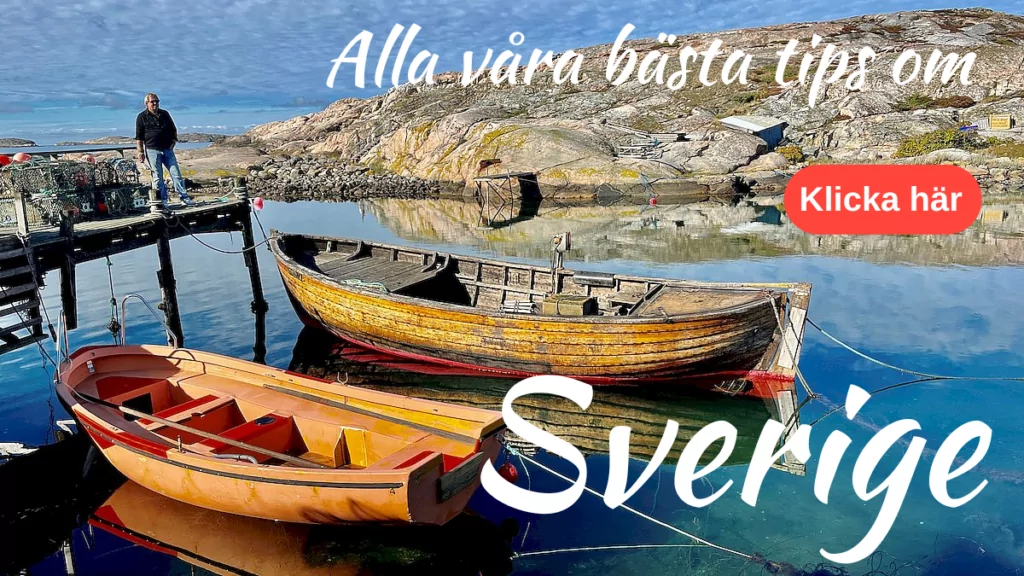


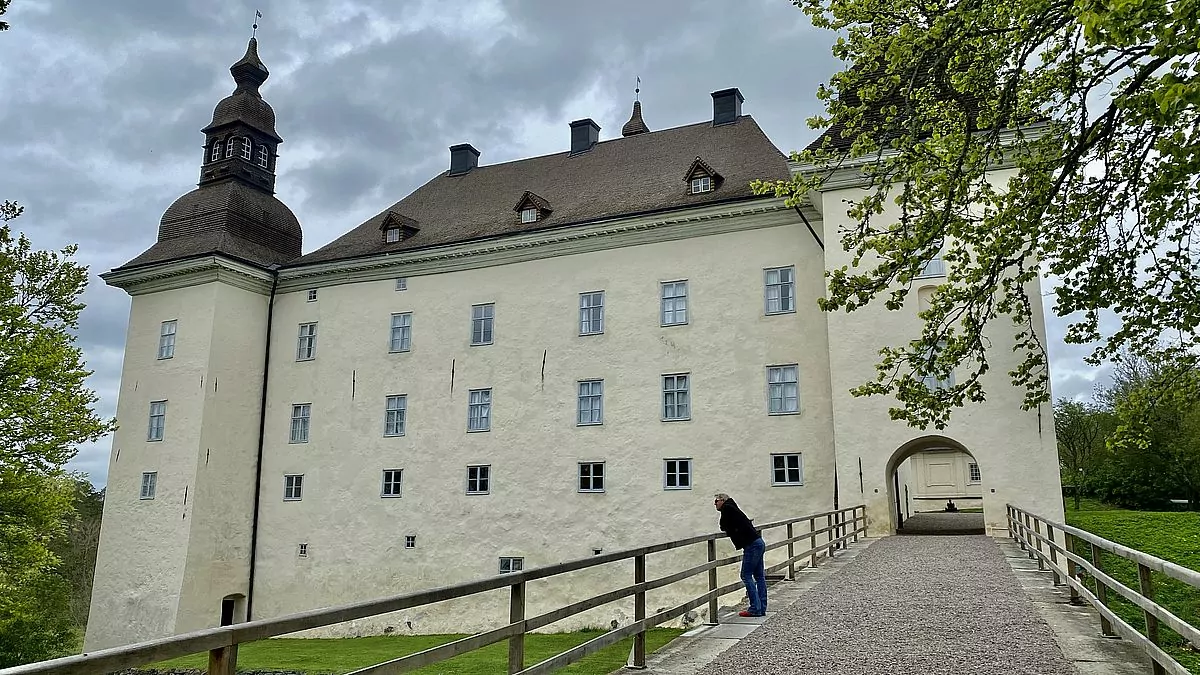






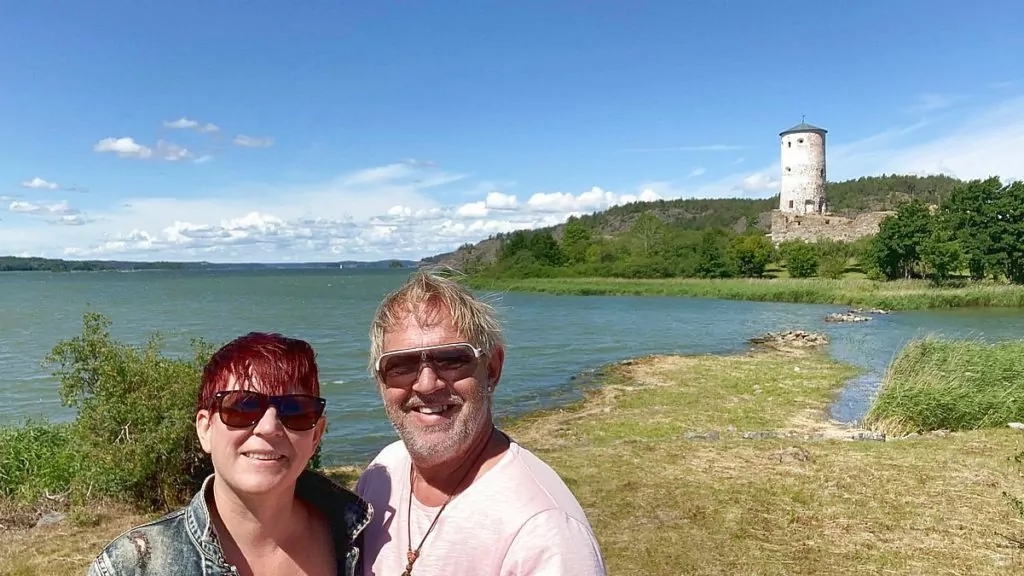
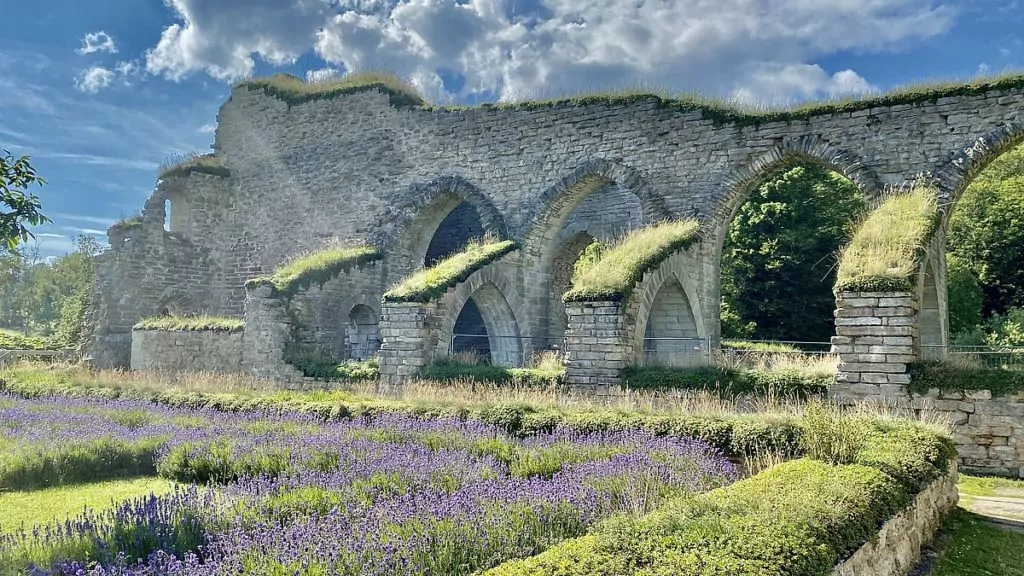
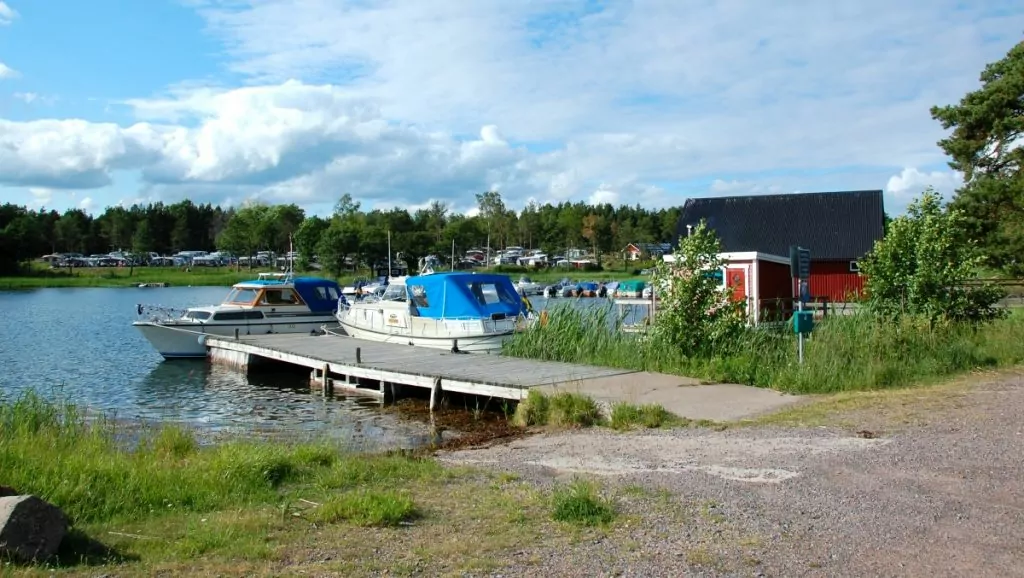
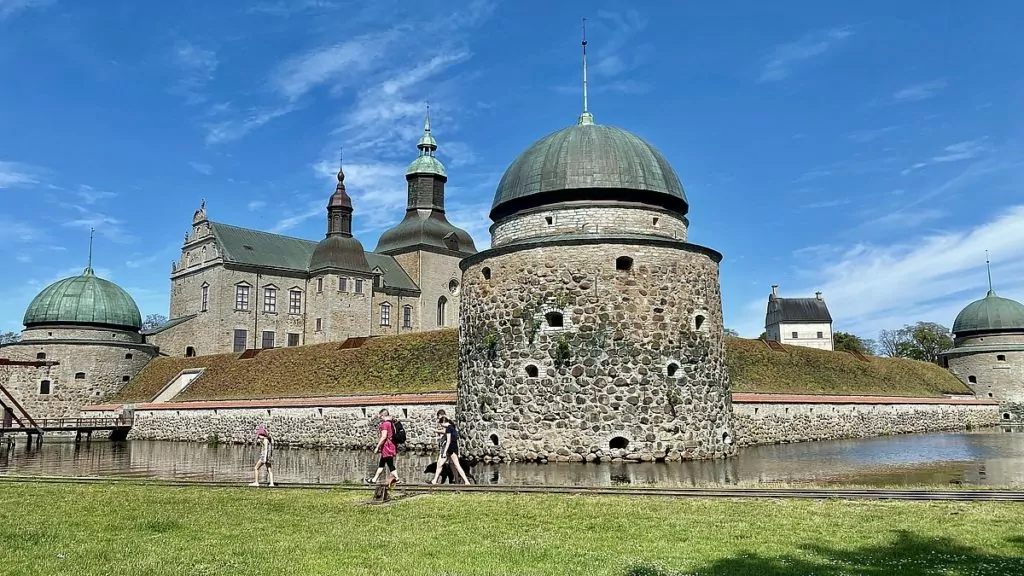
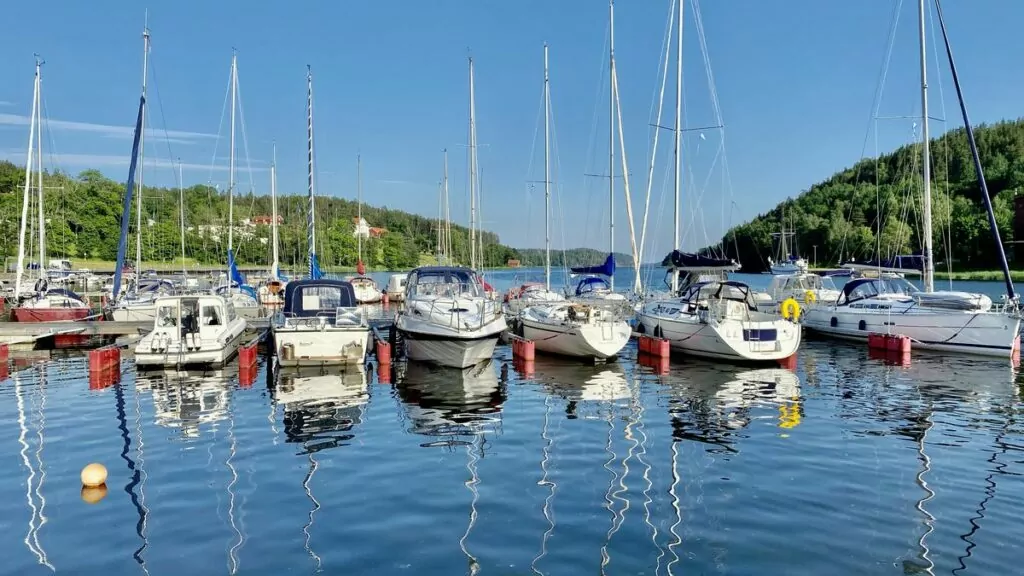
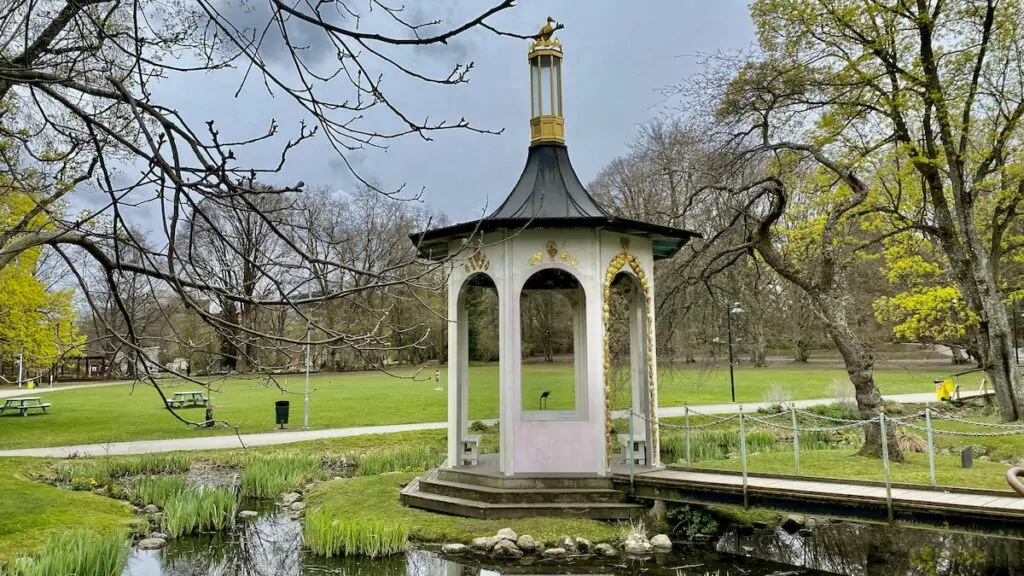
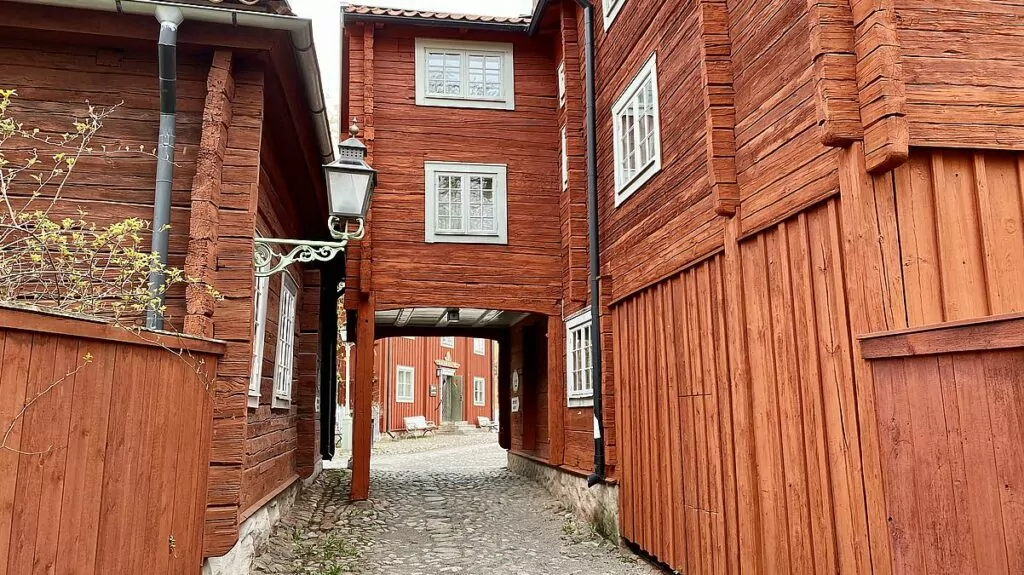
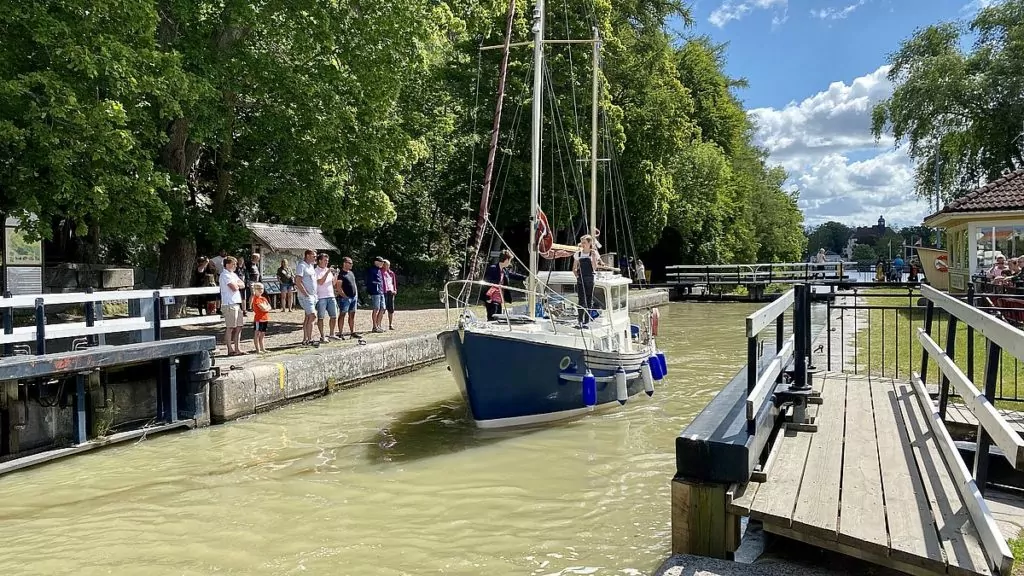
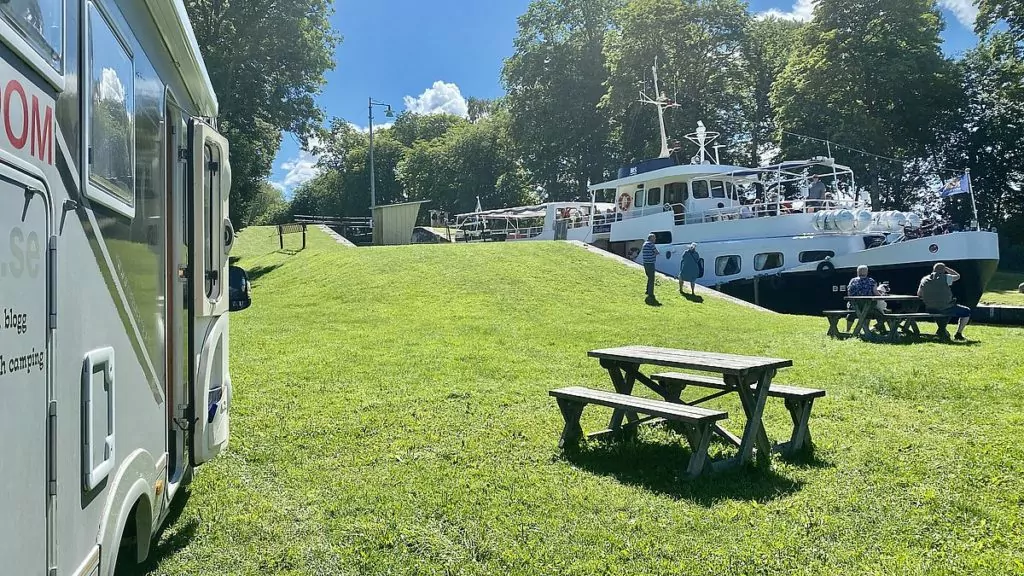
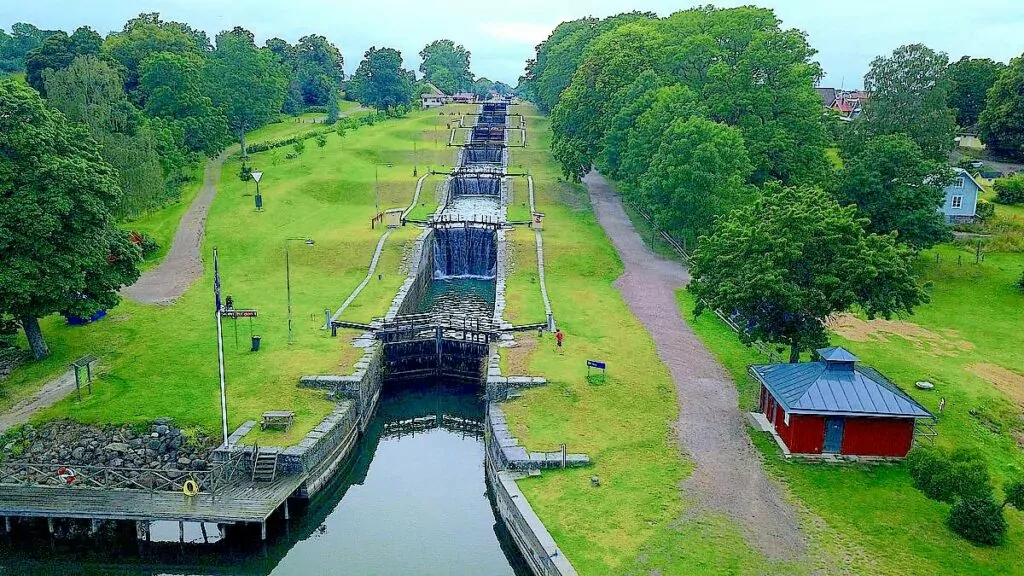
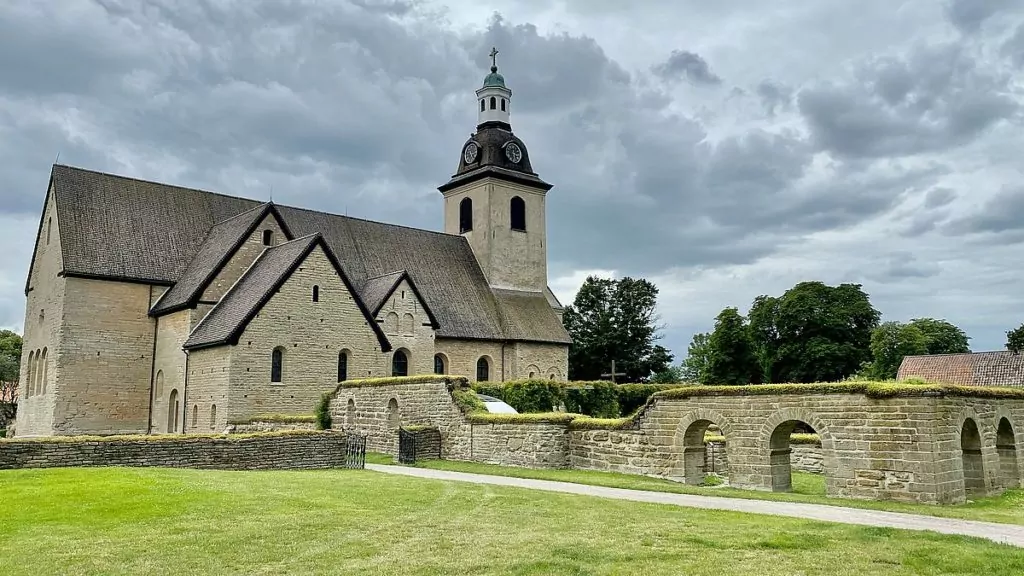
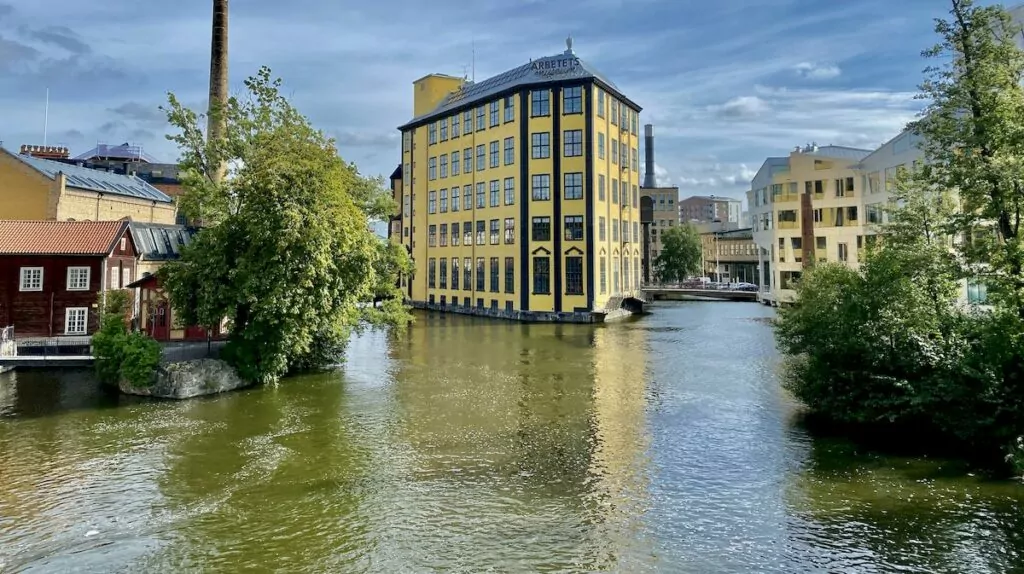
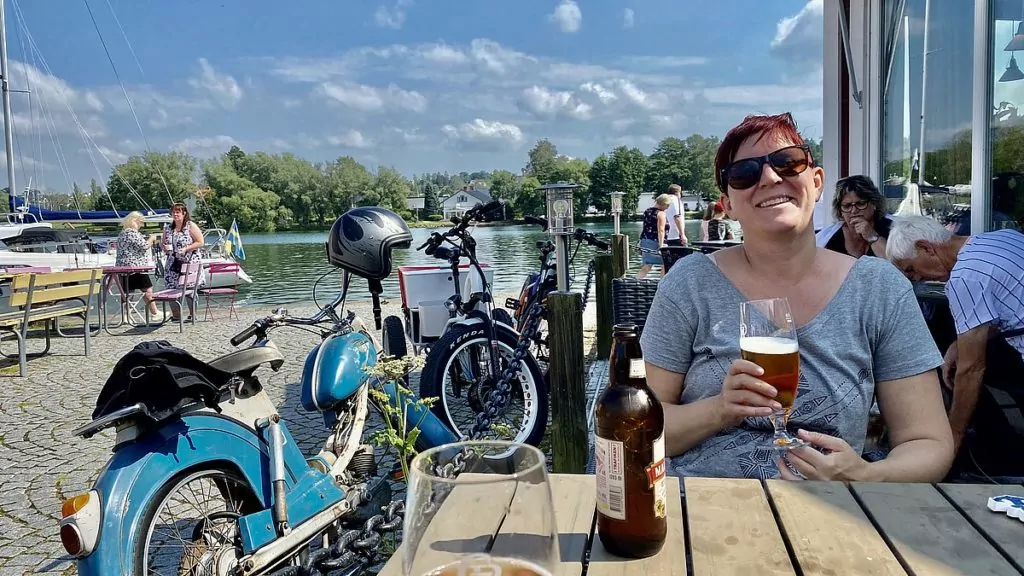
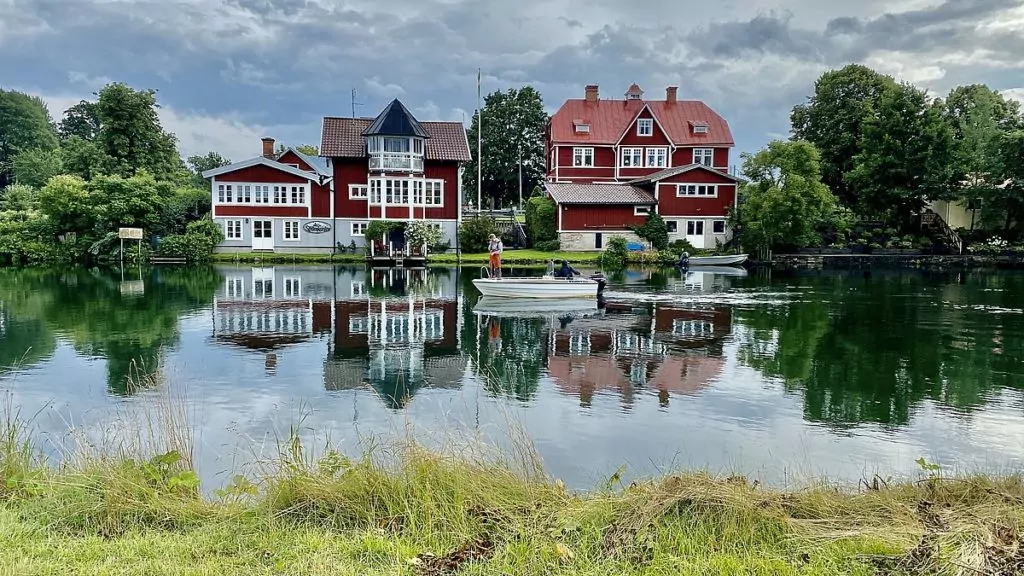
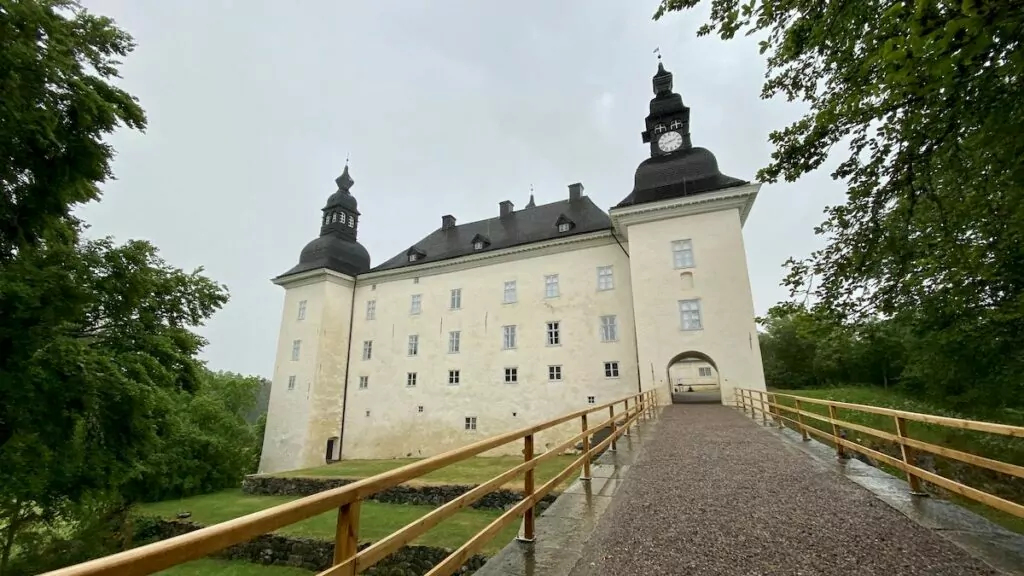
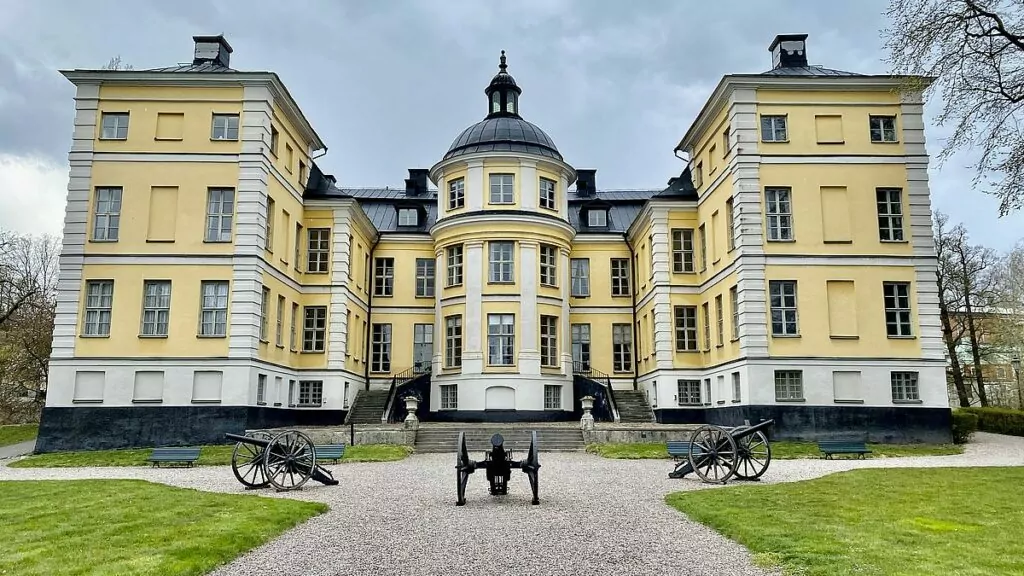
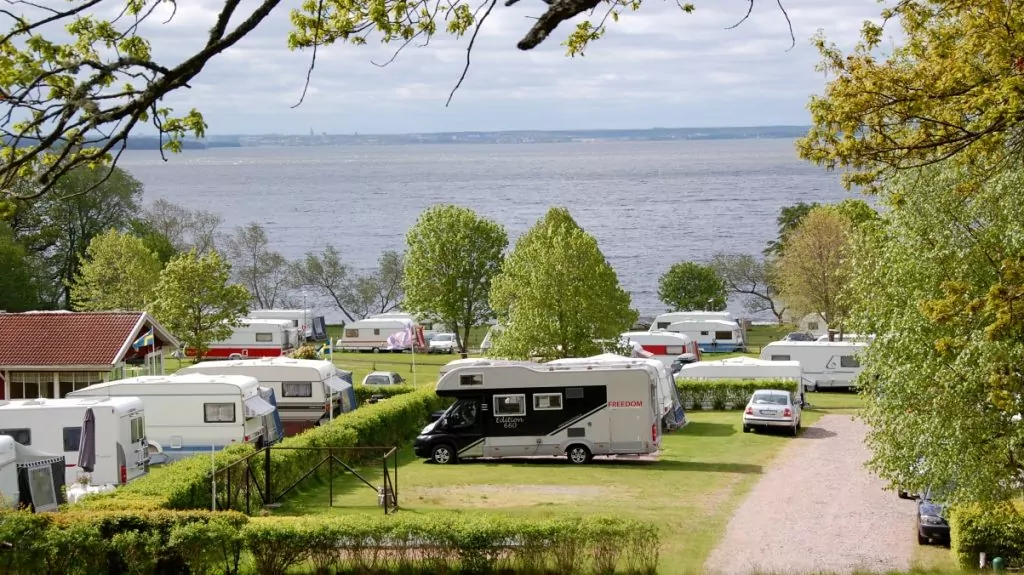
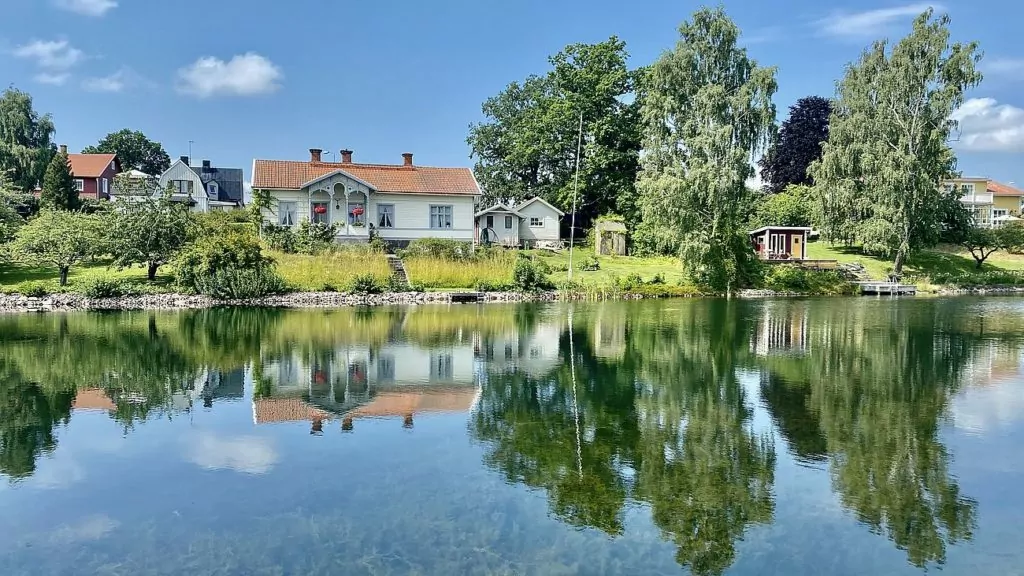

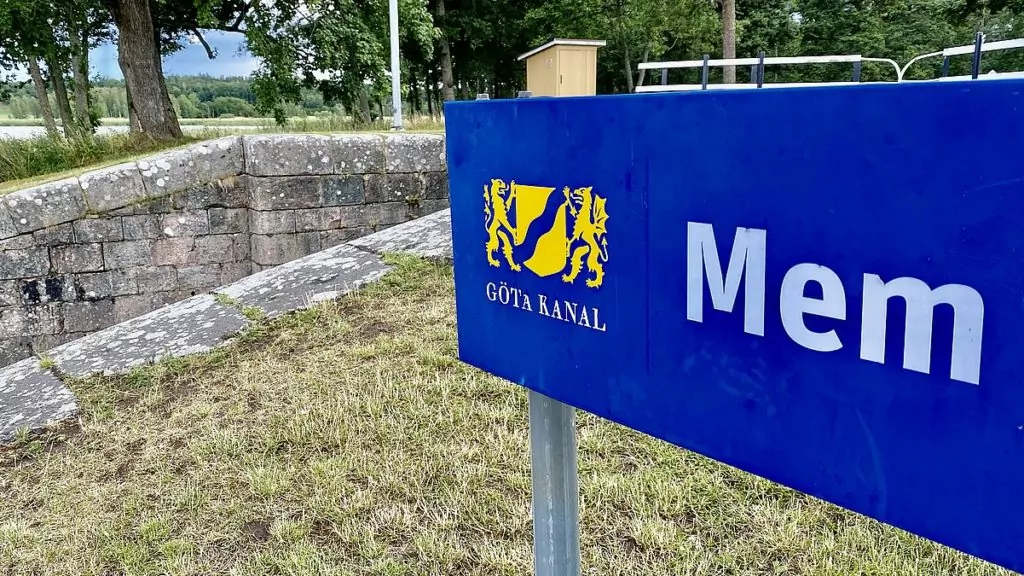
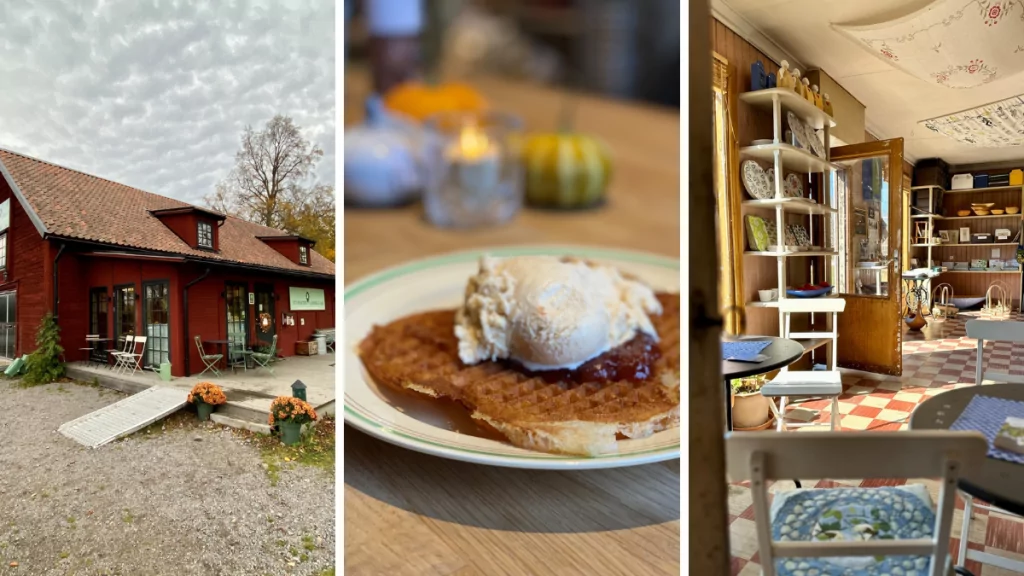
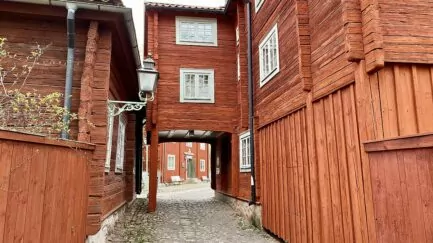



Lena+in+Wales+and+Spain says:
Interesting, says Lena, the castle nerd.
Ghost stories are always fun too, and you can believe what you like about them.
Have a nice day!
18 May 2021 - 11:19
Helena says:
18 May 2021 - 16:40
Ruth in Virginia says:
Sounds very interesting. The names of
the ghosts are great fun. A ghost walk would be fun.
Your trips to Swedish castles have been so interesting....
had no idea that there were / are so many
castle in central Sweden. You learn as long as you live...
18 May 2021 - 14:00
Helena says:
18 May 2021 - 16:42
BP says:
I agree with Ruth. Didn't realise there were so many castles (and national parks) in Sweden either. But now we know.
I thought the castle in the header picture looked more like a prison;-)
18 May 2021 - 20:23